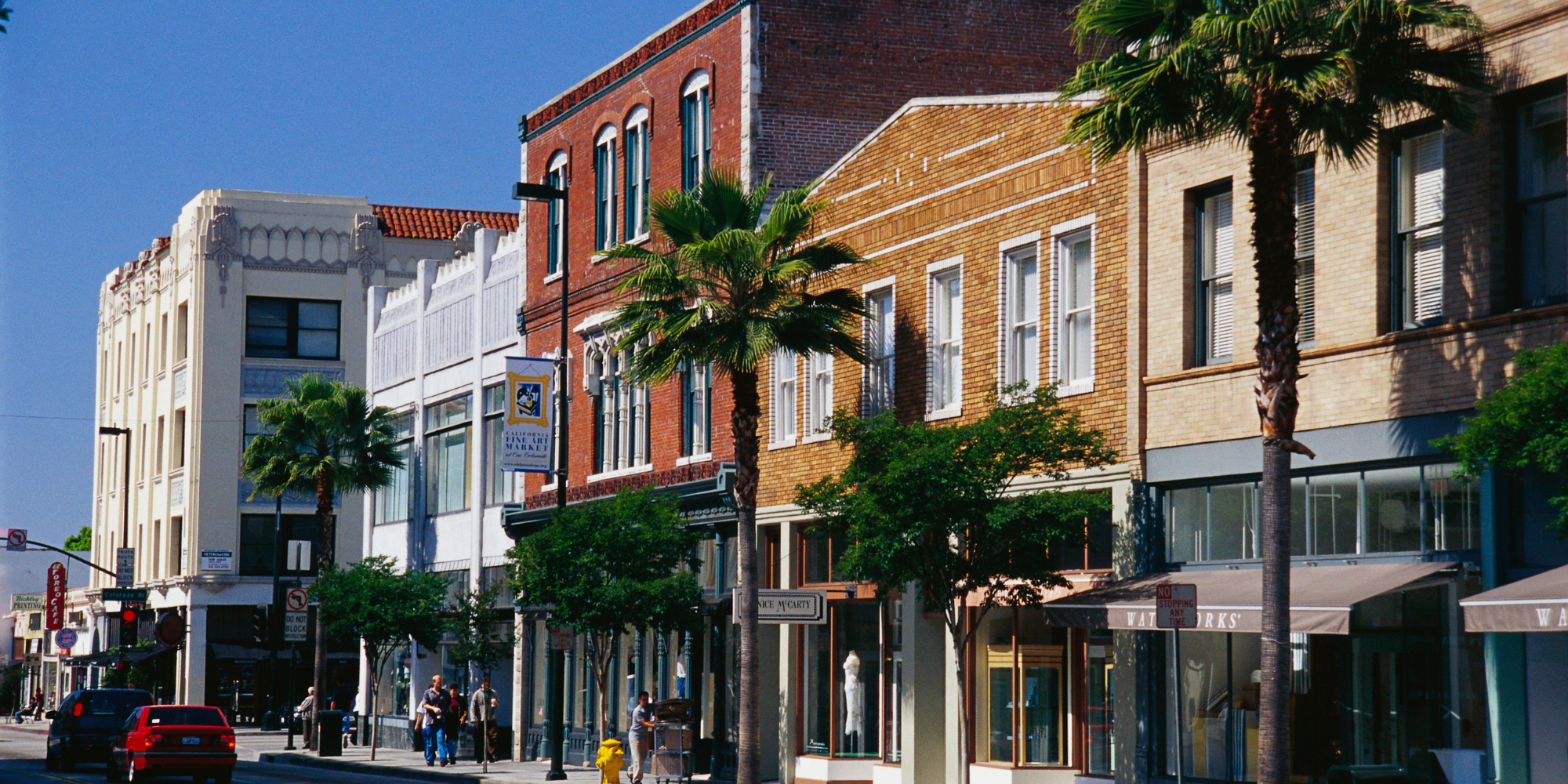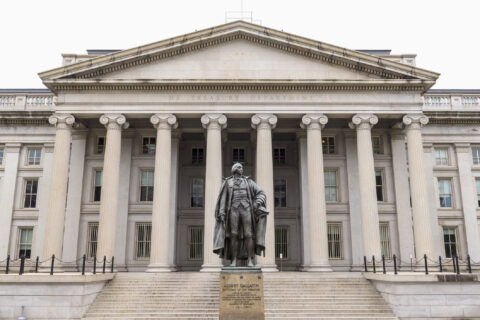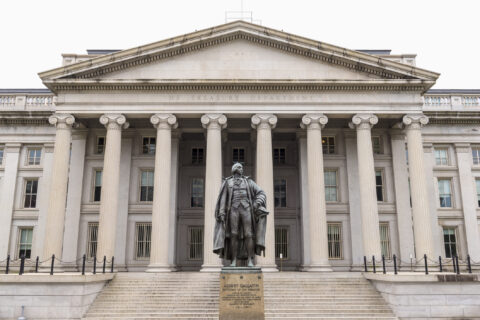What if your city could use $10 million or 30% of your ARPA recovery funding on transportation projects or community projects that are CDBG eligible? Congress is considering a bill to do just that.
Since this summer, NLC has supported a bipartisan Congressional effort that would make existing Coronavirus State and Local Fiscal Recovery funds provided by the American Rescue Plan Act (ARPA) more flexible and available to be used for a variety of infrastructure, disaster relief, housing, community development, and other investments that will have a long-term economic return.
The State, Local, Tribal, and Territorial Fiscal Recovery, Infrastructure, and Disaster Relief Flexibility Act (S.3011/H.R.5735) was originally proposed as an amendment in the Senate debate of the infrastructure package. Unfortunately, amendments were stopped short due to objections from Sen. Hagerty (TN) . However, with NLC’s support, Sen. Cornyn (TX) and Sen. Padilla (CA) resurrected the amendment as a stand-alone bill and proceeded to convince all Senators to allow S.3011 to pass under unanimous consent. Now, Rep. Dusty Johnson (SD) and Rep. Carolyn Bourdeaux (GA) have introduced a companion bill in the House, H.R.5735, and are up to 60 cosponsors and counting for this bipartisan bill.
Leading organizations that represent state and local governments, including the National League of Cities, sent a letter to the bipartisan House leadership urging action on S. 3011, the State, Local Tribal, and Territorial Fiscal Recovery, Infrastructure, and Disaster Relief Flexibility Act.
About the Bill
S.3011/H.R.5735 provides additional flexibility for States, Tribes, and units of local government to spend their allocations of the Coronavirus State and Local Fiscal Recovery Funds.
- It does not tell the recipients how to use COVID funding and does not reclaim any already distributed funding.
- This gives state and local officials additional flexibility to responsibly spend their own funds.
- There is a $10 million minimum allowance for the provision of government services to help smaller governments comply with program requirements.
- There is a cap on how much of the COVID money can be spent on new infrastructure purposes – the greater of $10 million or 30% of distributed funds.
- Previous ARP set asides for water, wastewater, and broadband projects remains unrestricted.
- Any project currently eligible for funding under the following programs would now be eligible for financing with COVID relief dollars:
- Nationally Significant Freight and Highway Projects
- National Highway Performance Program
- Bridge Investment Program
- Surface Transportation Block Grant Program
- Metropolitan Transportation Planning
- Carbon Reduction Program
- PROTECT Program
- Tribal Transportation Program
- Alternative Fueling Infrastructure
- Federal Lands Transportation Program
- Federal Lands Access Program
- RAISE Grant Program
- TIFIA Program
- ADHS Program
- Urbanized Area Formula Grants
- Fixed Guideway Capital Investment Grants
- Highway Safety Improvement Program
- Congestion Mitigation and Air Quality Improvement Program
- Territorial and Puerto Rico Highway Program
- National Highway Freight Program
- Rural Surface Transportation Grant Program
- Formula Grants for Rural Areas
- State of Good Repair Grants
- Grants for Buses and Bus Facilities
- National Culvert Removal, Replacement, and Restoration Program
- Community Development Block Grant
- Bridge Replacement, Rehabilitation, Preservation, Protection, and Construction Program
How to Help
H.R.5735 is now at a critical stage where it now needs wide support from House members to successfully be passed and signed into law by President Biden. This bill will change the way that states, tribes, cities and towns can access the funds awarded for issues that are plaguing their communities.
Call on Congress
Now is the time to let Congress know how this bill will impact your community and urge them to vote YES on supporting these funds to be released into important infrastructure projects.











